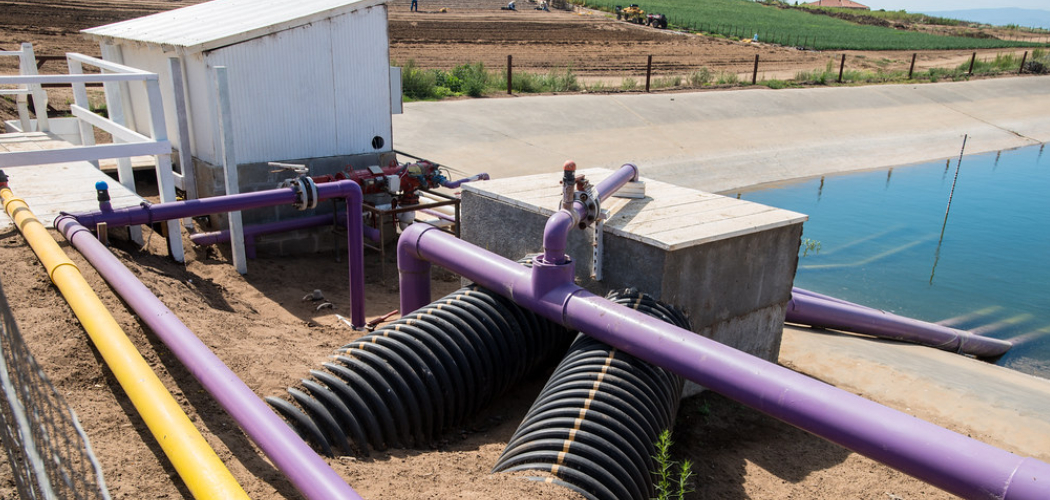Black sludge is the thick, grimy buildup that accumulates in drain pipes as a result of a blend of soap scum, grease, hair, food particles, and bacteria. This unsightly substance not only detracts from the cleanliness of your plumbing but also poses significant problems. It can lead to slow drains, unpleasant odors, and even serious blockages if not addressed promptly.
Understanding how to remove black sludge from drain pipes is crucial for maintaining a healthy plumbing system. Fortunately, various methods exist to eliminate this issue and prevent its reoccurrence. From simple DIY solutions, such as using baking soda and vinegar, to knowing when to call a professional for more severe cases, timely intervention can save you from costly repairs and ongoing discomfort caused by lingering foul smells and drainage issues.
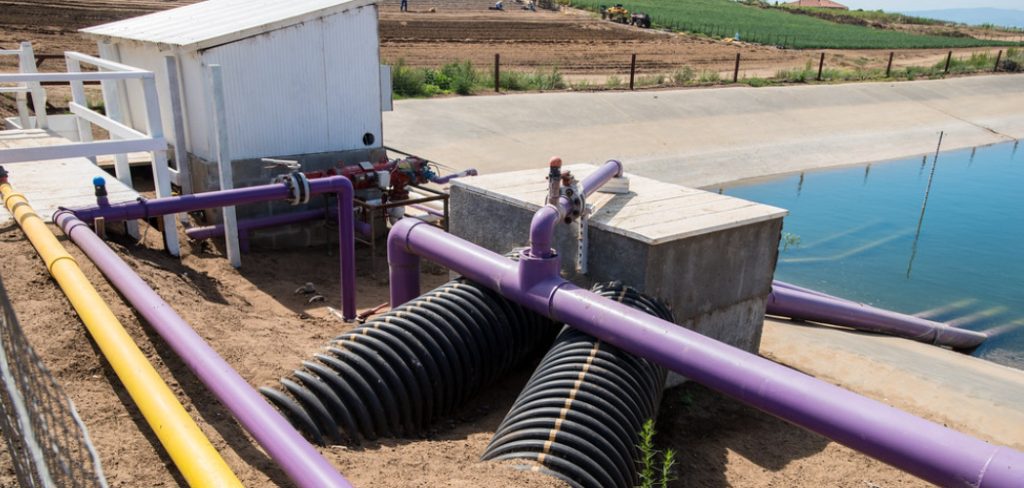
Causes of Black Sludge in Drains
Build-Up of Organic Matter
Hair, soap scum, and food particles tend to accumulate in drain pipes over time, forming a thick layer that contributes significantly to black sludge. Hair can tangle with soap scum residue and bits of food, creating a sticky mass that adheres to the pipes’ interior. As these materials build up, they restrict water flow, making it easier for additional debris to cling to the existing sludge. This organic matter acts as a breeding ground for bacteria, exacerbating the sludge problem and leading to unpleasant odors.
Grease and Oil
Grease and oil from cooking can easily find their way down kitchen sinks and accumulate in pipes. As hot grease enters the plumbing system, it can initially flow freely, but it begins to solidify as it cools. This solidified grease creates a sticky environment, trapping hair, soap scum, and food particles, which further promotes the growth of black sludge. Over time, this build-up can lead to significant clogs, making it crucial to manage grease disposal properly to prevent sludge formation.
Safety Precautions Before Cleaning
Wear Protective Gear
Before starting any drain cleaning process, wearing proper protective gear is essential. This includes gloves to shield your hands from bacteria and chemicals and safety goggles to protect your eyes from splashes. The materials you’re working with can be hazardous, so taking these precautions is crucial for your safety.
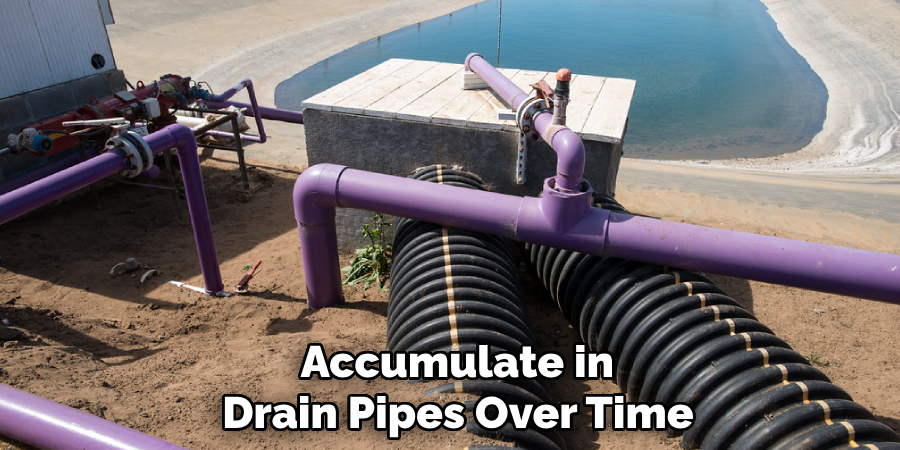
Ensure Proper Ventilation
Always ensure you work in a well-ventilated area, particularly when using chemical cleaners. Adequate airflow helps disperse any fumes that may be harmful if inhaled, reducing the risk of respiratory issues. Open windows and use fans to promote ventilation while you clean.
Turn Off the Water Supply
Before commencing the cleaning process, it’s a good practice to turn off the water supply to the affected area. This prevents any accidental flooding or further mess. By ensuring the water is off, you can work more efficiently and safely address the sludge issue without additional complications.
How to Remove Black Sludge from Drain Pipes: Step-by-Step Guide
Step 1: Remove and Clean the Drain Cover
To begin the sludge removal process, carefully remove the drain cover. Most covers can be undone by unscrewing or prying them off with a flathead screwdriver. Once removed, examine the cover for any signs of sludge accumulation—this is a common area where buildup occurs. Clean the cover thoroughly using hot, soapy water or a vinegar solution, which effectively breaks down grease. Rinse the cover well before setting it aside to dry. Ensuring the cover is clean is crucial, preventing future buildup from reoccurring.

Step 2: Flush with Boiling Water
Next, boil a kettle of water and prepare to flush the drain. Carefully pour the boiling water down the drain in a steady stream. The heat from the water will help soften the black sludge, making it easier to remove. This step is particularly effective in loosening any stuck-on debris and grease that may have accumulated within the pipes. If you notice heavy buildup, you might want to repeat this step several times, allowing the hot water to work through the system.
Step 3: Use a Plunger
Once the initial flushing is done, take a plunger to further dislodge the sludge. Ensure enough water is in the sink or tub to cover the plunger’s cup. Create a tight seal around the drain by pressing the plunger firmly down and then pulling up sharply. Repeat the plunging motion several times, carefully maintaining the seal throughout. This action will create suction and pressure that can help break up and push the sludge through the pipes. After plunging, check if the water drains more freely; if not, proceed to the next step.
Step 4: Apply a Baking Soda and Vinegar Solution
For a natural and effective cleaning method, pour half a cup of baking soda down the drain, followed by half a cup of vinegar. You’ll notice fizzing as the two substances react. This reaction helps break down the remaining sludge and debris in your pipes. Allow the mixture to sit for 15-20 minutes to do its work, then flush the drain again with hot water. This step not only cleans but also neutralizes any unpleasant odors, contributing to a healthier plumbing environment.
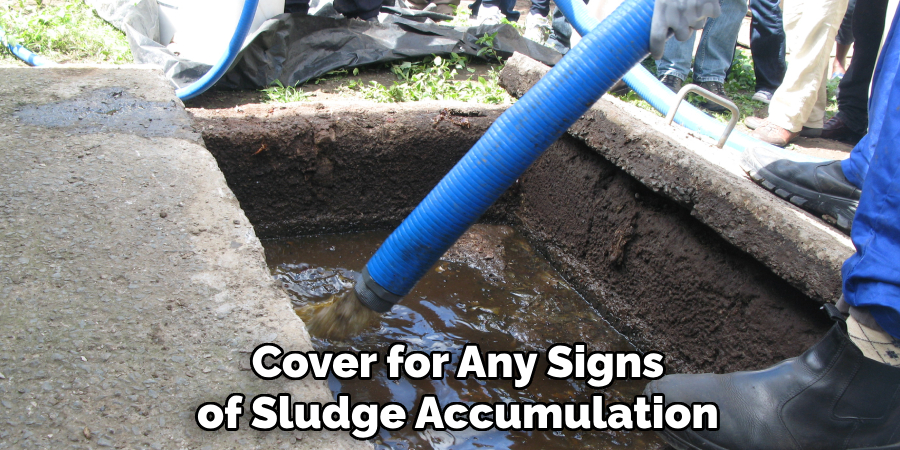
Step 5: Use a Drain Snake or Auger
If sludge persists, it’s time to use a drain snake or auger. Insert the tool’s end into the drain, carefully maneuvering it through the pipes. Twisting the handle, push and pull the snake to break apart any stubborn sludge blockages. Continue this process until you feel the obstruction is clear. Removing the drain snake will also help pull out any loosened debris. Cleaning the pipes effectively at this stage ensures your plumbing system is back to optimal performance.
Using Chemical Cleaners
While natural methods can be effective for many drain issues, there are occasions when chemical cleaners become necessary. If the sludge buildup is particularly severe or if previous attempts to clear the drain have failed, using a chemical cleaner may be the most efficient solution.
How to Use Chemical Cleaners Safely
To use chemical cleaners safely, it’s crucial to read the labels carefully and follow the manufacturer’s instructions. Always ensure you’re in a well-ventilated area and wear appropriate protective gear, such as gloves and goggles. Avoid mixing different cleaners, as this can create dangerous reactions.
Potential Risks
Using chemical cleaners comes with risks, particularly for older plumbing systems. Harsh chemicals can damage pipes, leading to leaks and costly repairs. Additionally, improper disposal of chemical cleaners poses environmental concerns, as these substances can contaminate water sources. Always consider the potential risks before proceeding with chemical cleaning solutions.

Preventing Black Sludge from Returning
Regular Maintenance
Establishing a regular maintenance routine is vital for keeping black sludge at bay. One effective method is performing weekly flushes with baking soda and vinegar. Simply pour half a cup of baking soda down the drain, followed by an equal amount of vinegar, and let it sit for about 15-20 minutes. The chemical reaction will help dislodge any minor build-ups while also neutralizing odors. Additionally, consider using enzyme-based cleaners every month, as these products break down organic matter and grease more effectively than traditional cleaners. This proactive approach promotes a healthier plumbing system and reduces the risk of clogs forming over time.
Proper Disposal of Grease and Food Waste
One of the most effective ways to prevent black sludge is to dispose of grease, oils, and food waste properly. Avoid pouring grease down the sink, as it will solidify and contribute to build-up within your pipes. Instead, allow grease to cool and then dispose of it in a sealed container in the trash. To minimize food waste entering your plumbing system, use strainers in sinks and tubs to catch food particles before they can enter the drain. This simple step can significantly decrease the amount of sludge-forming material that reaches your pipes, ultimately keeping your drainage system clear and functional.
Avoid Using Harsh Soaps and Detergents
Switching to milder liquid soaps and detergents can also help reduce the risk of sludge formation in your drains. Solid soap bars often leave residues that accumulate over time, while certain commercial detergents may contain ingredients contributing to grease build-up. By opting for liquid alternatives, you not only reduce the likelihood of residue-creating clogs, but you also often benefit from better solubility and instability. Always check the labels for eco-friendly options that are less abrasive on your plumbing while being effective cleaners, contributing to a cleaner and healthier drain system.
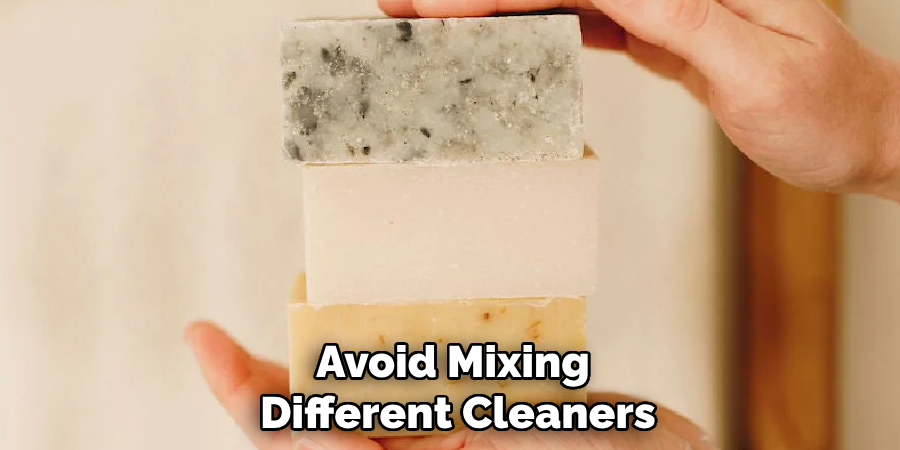
Conclusion
In summary, effectively removing black sludge from drains involves a series of key steps, from natural solutions like baking soda and vinegar to more intensive methods such as using a drain snake or chemical cleaners. The holistic approach addresses the immediate problem and promotes long-term health for your plumbing system.
Regular maintenance, including weekly baking soda and vinegar flushes and proper disposal of grease and food waste, is crucial to keeping drains free of sludge. It’s equally important to choose milder soaps and detergents to prevent build-up. Remember, taking timely action on how to remove black sludge from drain pipes can save you from larger plumbing issues in the future. You can maintain a clean, functional drainage system by implementing these strategies and addressing any sludge problems promptly.

